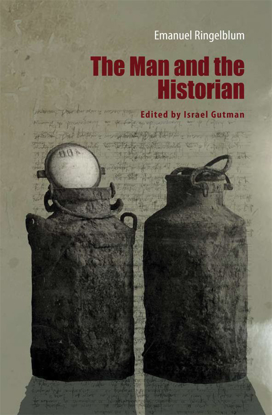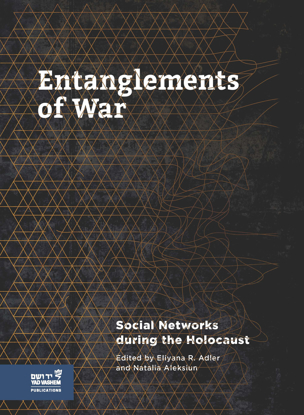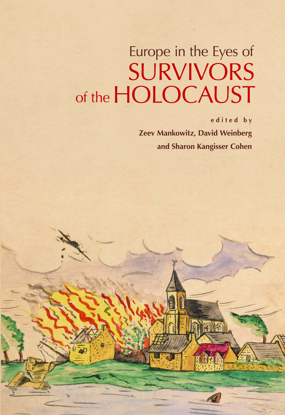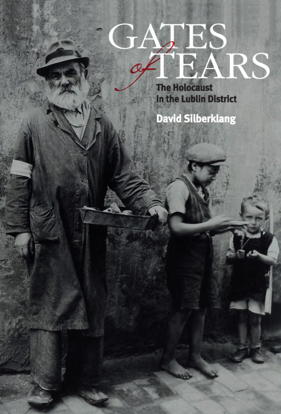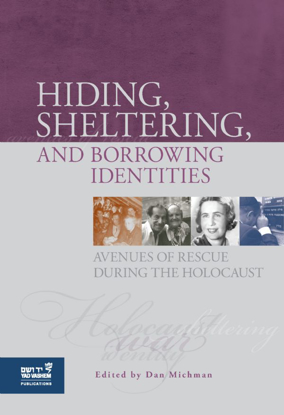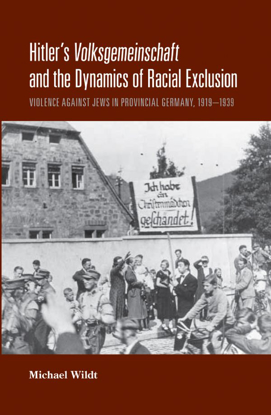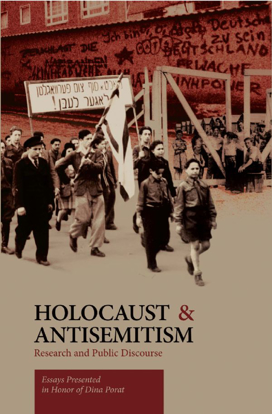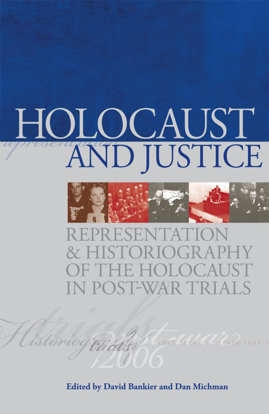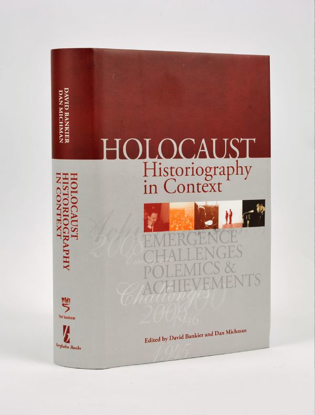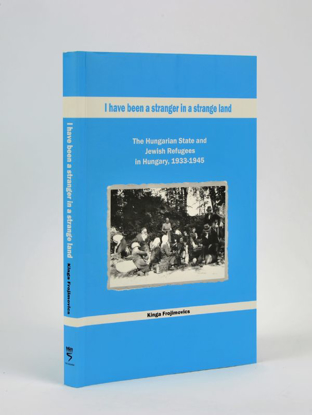Filter by:
Clear AllResearch Studies
Entanglements of War: Social Networks during the Holocaust
Edited by: Eliyana R. Adler and Natalia Aleksiun
The Nazi persecution and murder of the Jews of Europe led to the atomization of the social relationships of the victims. Families were ripped apart. Entire communities were ghettoized and isolated from the outside world. The forced removal of the Jews from the midst of the non-Jewish population facilitated the crimes committed against them, significantly limited the assistance they could rely on, and restricted the number of witnesses to their persecution and murder. However, despite the devastation, disruption, and loss brought by the Holocaust, prewar patterns and lationships continued to shape decisions and actions by Jews and non-Jews both during and after the war. Even in extremis, they often relied on established networks of support that had been forged in very different circumstances. Jewish victims as well as bystanders and perpetrators relied on the already familiar cohort of relatives, neighbors, peers, and colleagues to support and assist them during this time. Just as these networks brought people with various backgrounds together, Entanglements of War compiles a broad range of interdisciplinary perspectives to reveal invaluable findings about the relationships, choices, and actions that shaped these complex connections, and their impact on Jewish lives during the Holocaust and its immediate aftermath.
Europe in the Eyes of Survivors of the Holocaust
Editors: Zeev Mankowitz, David Weinberg, Sharon Kangisser Cohen
In what sense was the European heritage responsible for Jewish cultural and intellectual development? How could one describe the events of the Holocaust? Was there a future for Jews in a reconstructed Europe? A group of scholars suggests a more nuanced view by examining the perspectives of ten survivors – philosophers, activists, and memoirists – whose attitudes towards the European past were characterized by conflicting feelings of alienation and attraction.
Expulsion and Extermination: Holocaust Testimonials from Provincial Lithuania
David Bankier
Hiding, Sheltering and Borrowing Identities: Avenues of Rescue During the Holocaust
Edited by Dan Michman
During the immediate aftermath of the Holocaust, the focus of research was directed at the actions of the murderers and at resistance. That situation changed gradually during the 1960s and 1970s. The rescue of Jews, a major aspect of Holocaust history, started to attract the attention of scholars. Still, the focus was mostly on governments and organizations. The initiation of Yad Vashem’s recognition program for the Righteous Among the Nations also drew public attention to the acts of individual rescuers in areas under Nazi control. Over the course of the last three decades, important studies have been published that investigated the rescuers and their acts. Yet even today, many aspects of the rescue activities require further research. Moreover, the aspect of Jewish initiatives and individual experiences deserves more attention. Yad Vashem’s eighteenth biannual conference, titled “Hiding, Sheltering and Borrowing Identities as Avenues of Rescue during the Holocaust,” brought together a large number of international scholars to discuss new approaches and the current state of research on the topic. This volume, based on a selection of papers that were presented at the conference, aims to provide an overview of the multi-faceted landscape of academic studies on the rescuers and the rescued.
Holocaust and Antisemitism: Research and Public Discourse - Essays Presented in Honor of Dina Porat
Editors: Roni Stauber, Aviva Halamish, Esther Webman
Holocaust and Justice: Representation and Historiography of the Holocaust in Post-War Trials
Editors: David Bankier and Dan Michman
Holocaust Historiography in Context: Emergence, Challenges, Polemics and Achievements
Edited by David Bankier and Dan Michman
I Have been a Stranger in a Strange Land: The Hungarian State and Jewish Refugees in Hungary, 1933-1945
Kinga Frojimovics


